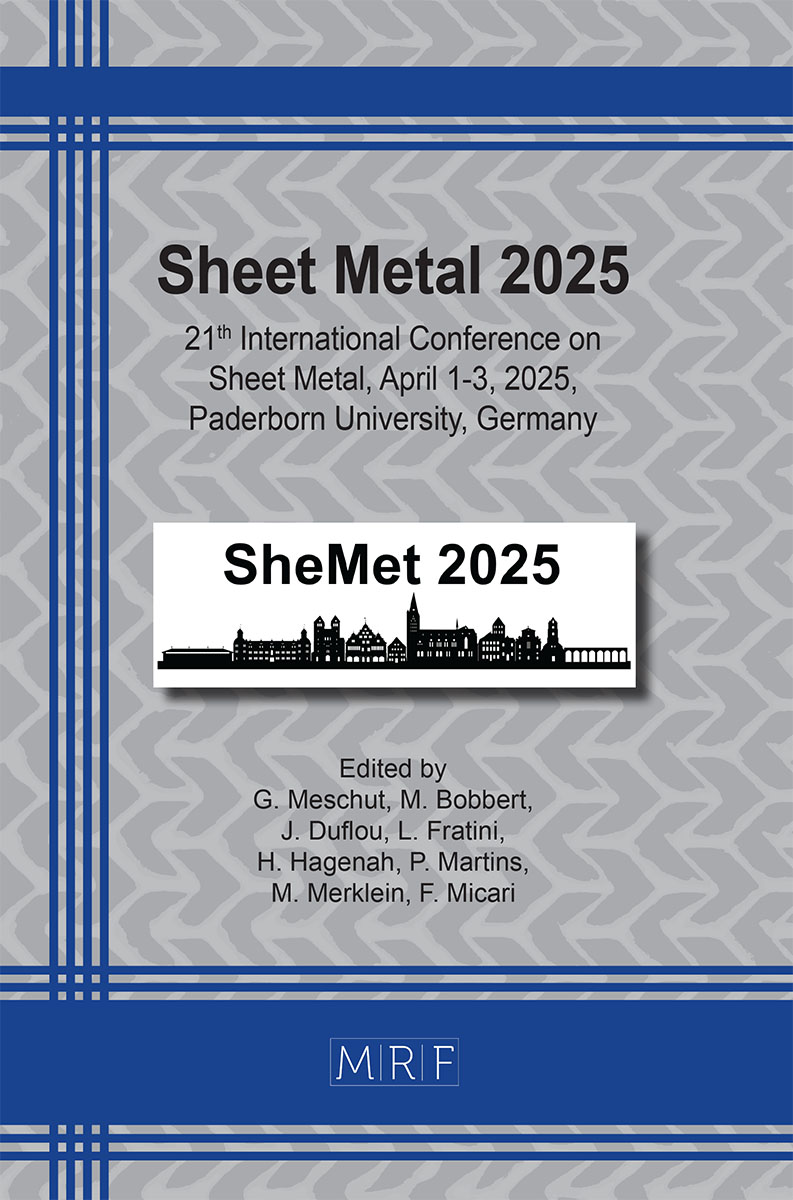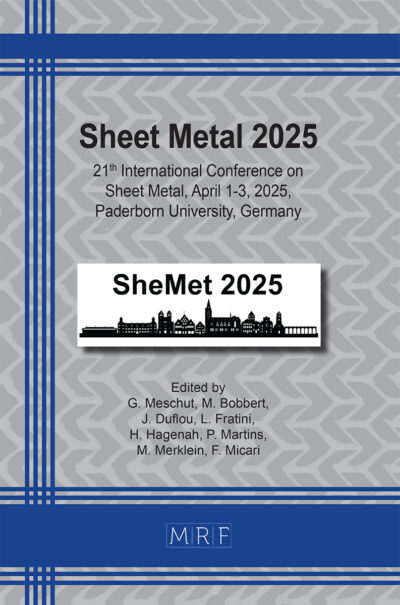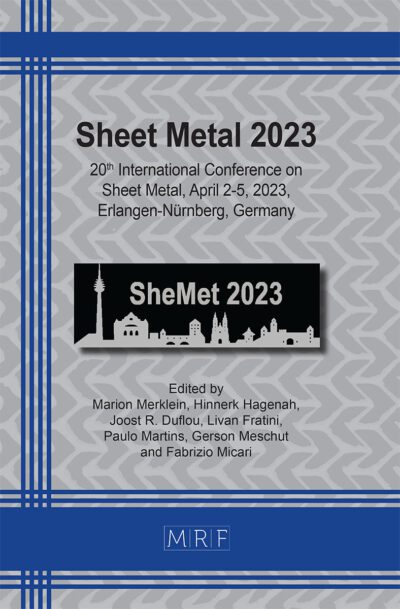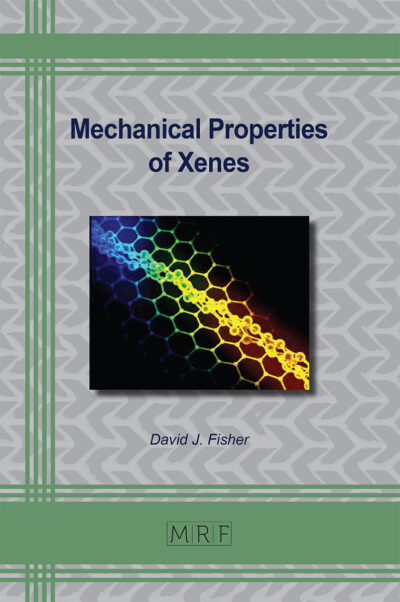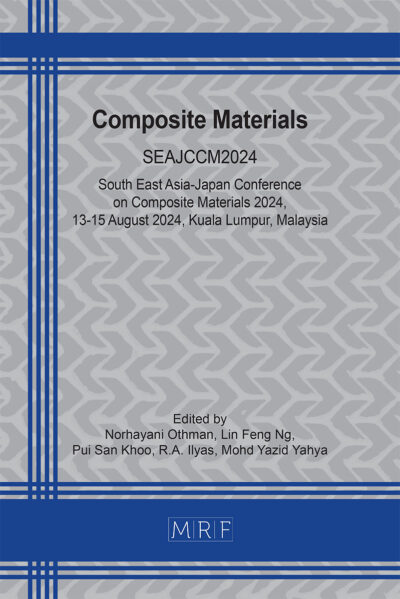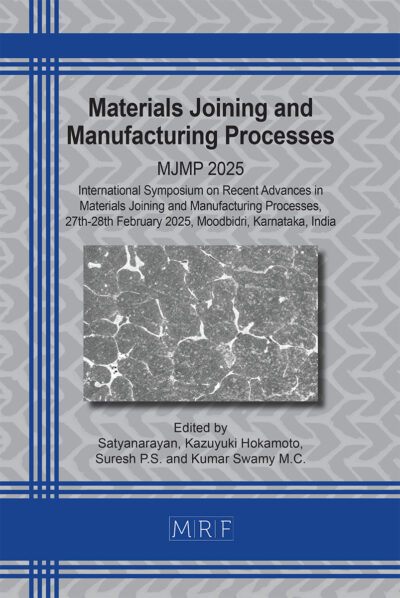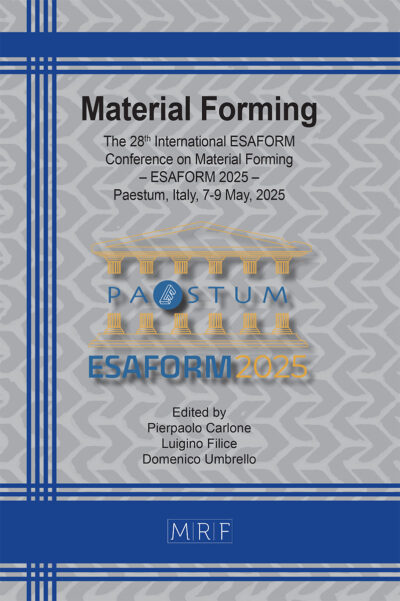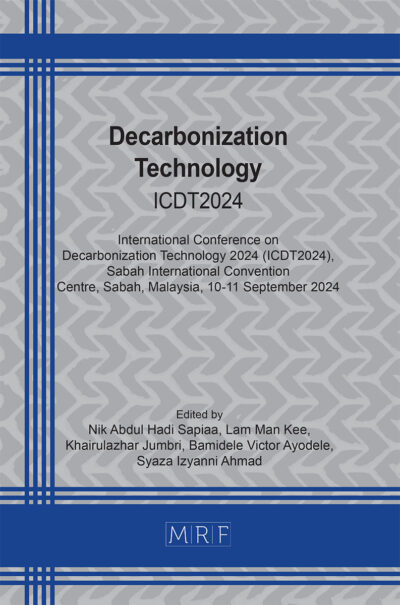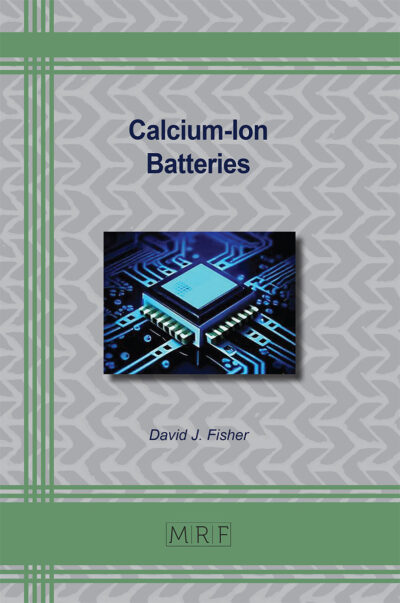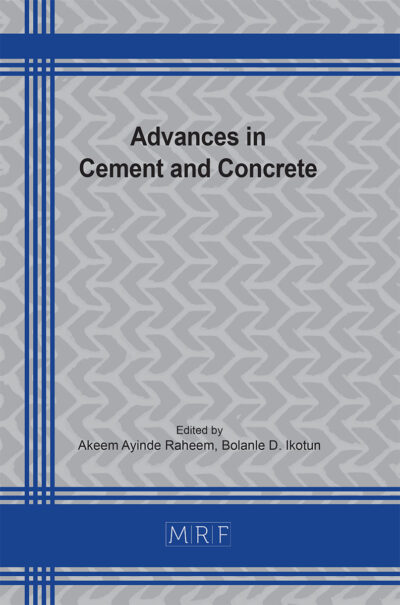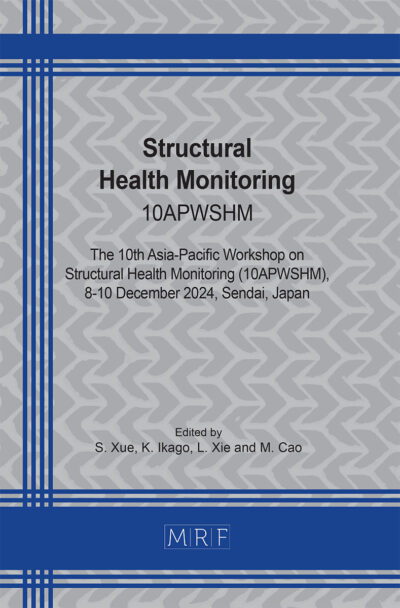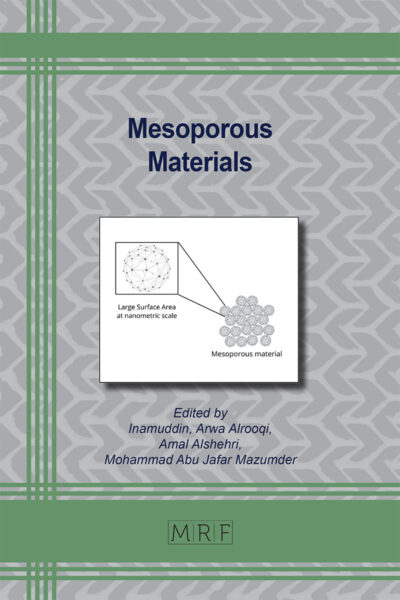A first approach towards in-line shape monitoring and control in flexible roll forming automotive components
Abdelrahman Essa, Buddhika Abeyrathna, Bernard Rolfe, Li Yu, Matthias Weiss
Abstract. Flexible Roll Forming (FRF) enables the manufacture of long and complex parts for automotive applications. In this paper, a frame rail component is successfully flexible roll formed from Advanced-High-Strength-Steel (AHSS). The component has a variable width and depth contour and shows variable springback over the length. Laser sensors were implemented to monitor the springback angle over the length of the part between forming steps. This was followed by a variable overbending pass to compensate for springback. Based on this, a flexible in-line shape control was developed and validated experimentally. in trials of three approaches to compensating for springback in a single geometry made in a single material, the springback of one approach was lower, but we cannot yet predict how this applies in other parts, or whether our compensation approach has other unwanted effects on other component features. The results of this study suggest that FRF in combination with inline shape control can achieve complex component shape quality standards that suit automotive applications. However, this study was limited to one single material condition and part shape and further studies are needed to validate the general applicability of the procedure to other workpiece geometries and material conditions.
Keywords
Sheet Metal, Springback, Shape Monitoring
Published online 4/1/2025, 9 pages
Copyright © 2025 by the author(s)
Published under license by Materials Research Forum LLC., Millersville PA, USA
Citation: Abdelrahman Essa, Buddhika Abeyrathna, Bernard Rolfe, Li Yu, Matthias Weiss, A first approach towards in-line shape monitoring and control in flexible roll forming automotive components, Materials Research Proceedings, Vol. 52, pp 10-18, 2025
DOI: https://doi.org/10.21741/9781644903551-2
The article was published as article 2 of the book Sheet Metal 2025
![]() Content from this work may be used under the terms of the Creative Commons Attribution 3.0 license. Any further distribution of this work must maintain attribution to the author(s) and the title of the work, journal citation and DOI.
Content from this work may be used under the terms of the Creative Commons Attribution 3.0 license. Any further distribution of this work must maintain attribution to the author(s) and the title of the work, journal citation and DOI.
References
[1] N. Baluch, Z. M. Udin, and C. S. Abdullah, Advanced high strength steel in auto industry: an overview, (in English), Eng. Appl. Sci. Res. 4 (2014) 686-689. https://doi.org/10.48084/etasr.444
[2] G. Sun, M. Deng, G. Zheng, and Q. Li, Design for cost performance of crashworthy structures made of high strength steel, Thin-Walled Struct. 138 (2019) 458-472. https://doi.org/10.1016/j.tws.2018.07.014
[3] A. D. Deole, M. R. Barnett, and M. Weiss, The numerical prediction of ductile fracture of martensitic steel in roll forming, Int J Solids Struct. 144-145 (2018) 20-31. https://doi.org/10.1016/j.ijsolstr.2018.04.011
[4] C. Jiao-Jiao, C. Jian-Guo, Z. Qiu-Fang, L. Jiang, Y. Ning, and Z. Rong-guo, A novel approach to springback control of high-strength steel in cold roll forming, Int. J. Adv. Manuf. Technol. 107 (2020) 1793-1804. https://doi.org/10.1007/s00170-020-05154-8
[5] P. Groche, G. von Breitenbach, M. Jockel, and A. Zettler, New tooling concepts for future roll forming applications, Presented at the 4th, International Conference on Industrial Tools, Slovenia (2003).
[6] M. M. Kasaei, H. M. Naeini, G. H. Liaghat, C. M. A. Silva, M. B. Silva, and P. A. F. Martins, Revisiting the wrinkling limits in flexible roll forming, The J of Strain Anal for Eng. Des. 50 (2015) 528-541. https://doi.org/10.1177/0309324715590956
[7] M. M. Kasaei et al., Flange wrinkling in flexible roll forming Process, Procedia Eng. 81 (2014) 245-250. https://doi.org/10.1016/j.proeng.2014.09.158
[8] A. Essa, B. Abeyrathna, B. Rolfe, and M. Weiss, Incremental shape rolling of top-hat shaped automotive structural and crash components, J. Mater. Process. Technol. 321 (2023) 118162-118177. https://doi.org/10.1016/j.jmatprotec.2023.118162
[9] A. Sreenivas, B. Abeyrathna, B. Rolfe, and M. Weiss, Development of a reversible top-hat forming approach for reducing flange wrinkling in flexible roll forming, Int. J. Mech. Sci. 252 (2023) 108359-108370. https://doi.org/10.1016/j.ijmecsci.2023.108359
[10] B. Abeyrathna, S. Ghanei, B. Rolfe, R. Taube, and M. Weiss, Springback and end flare compensation in flexible roll forming, in International Deep Drawing Research Group Annual Conference, (2020). https://doi.org/10.1088/1757-899X/967/1/012048
[11] M. Kott, D. Echler, and P. Groche, Methodological approach for the development of an operator assistance system for the press shop, Int. J. Adv. Manuf. Technol. 119 (2021) 2409-2428. https://doi.org/10.1007/s00170-021-08199-5
[12] T. Gally et al., Identification of model uncertainty via optimal design of experiments applied to a mechanical press, Opti. and Eng. 23 (2021) 579-606. https://doi.org/10.1007/s11081-021-09600-8
[13] T. Traub, B. Güngör, and P. Groche, Measures towards roll forming at the physical limit of energy consumption, Int. J. Adv. Manuf. Technol. 104 (2019) 2233-2245. https://doi.org/10.1007/s00170-019-03992-9
[14] A. Sedlmaier, T. Dietl, and J. Harraßer, “Digitizing roll forming with smart sensors, Presented at the Proceedings of the 22nd International Esaform Conference on Material Forming, Spain (2019). https://doi.org/10.1063/1.5112733
[15] P. Groche, P. Beiter, and M. Henkelmann, Prediction and inline compensation of springback in roll forming of high and ultra-high strength steels, Produc. Eng. 2 (2008) 401-407. https://doi.org/10.1007/s11740-008-0131-3
[16] A. Sedlmaier and T. Dietl, 3D roll Forming centre for automotive applications, in 17th International Conference on Metal Forming, Toyohashi (2018). https://doi.org/10.1016/j.promfg.2018.07.319
“”

